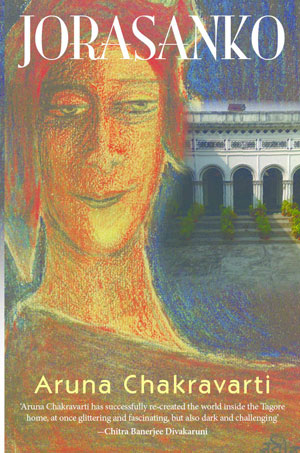|
|
The South
Asian Life & Times - SALT |
|
|||
|
Contents Adventure
Art
-
Dongria Kondh
|
|
||||
|
Jorasanko Jorasanko - the family
mansion built by Rabindranath Tagore’s grandfather - is where the novel
unfolds. The year is 1859 and the bedecked mansion is all set to welcome the
seven-year-old bride Jnanadanandini
(also
known as Genu) arriving at her marital home in a palanquin bearing the
Tagore crest –
and married now to the sixteen-year-old
Satyendranath Tagore, elder brother of poet Rabindranath Tagore and later
the first Indian to enter the Indian Civil Service. Hereon, the reader gets introduced to the
captivating world that lies inside Jorasanko – and especially to the women
of the Tagore family, who live in a microcosm of their own within the
affluent and prosperous household. The meticulously researched novel
describes the role the Tagores played in the Bengal Renaissance and other
socio-political movements, and the strong and silent influence the Tagore
women exerted on their menfolk. It is a fascinating study of life in an
upper class household, of child brides growing up in their marital homes, of
the delicate and intricate relationships within the extended family, of the
rituals and the challenges of the time, of joys and tragedies that a family
shares, of games children and adults play – and more.
‘Jorasanko’
transports one to a different world – one of unforgettable characters - the
strong-willed matriarch Digambari; the conservative Sarada Sundari; the
nonconformist Jnanadanandini ; the melancholic Kadambari; the scholarly
Swarnakumari; and the gentle Mrinalini. Written in an easy style, ‘Jorasanko’ is a very
visual novel – leaves the reader with a nostalgic imagery of life in one of
the most eminent homes of Bengal.
|
|||||
|
Copyright © 2000 - 2014 [the-south-asian.com]. Intellectual Property. All rights reserved. |
|||||
